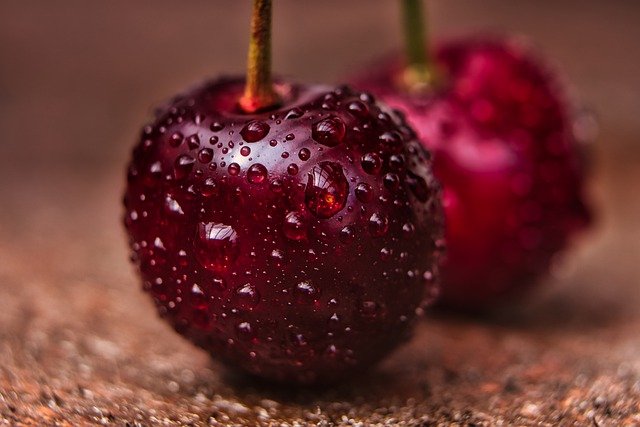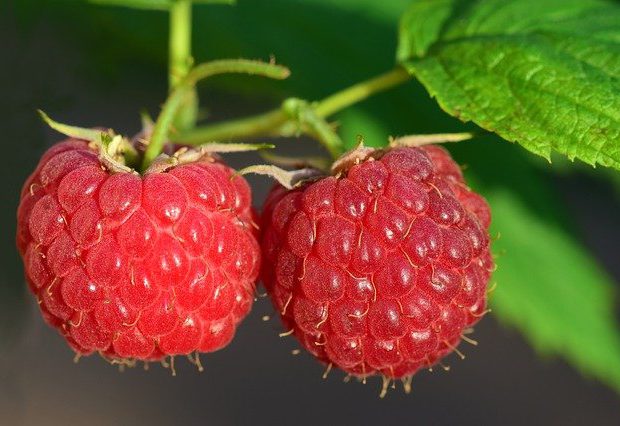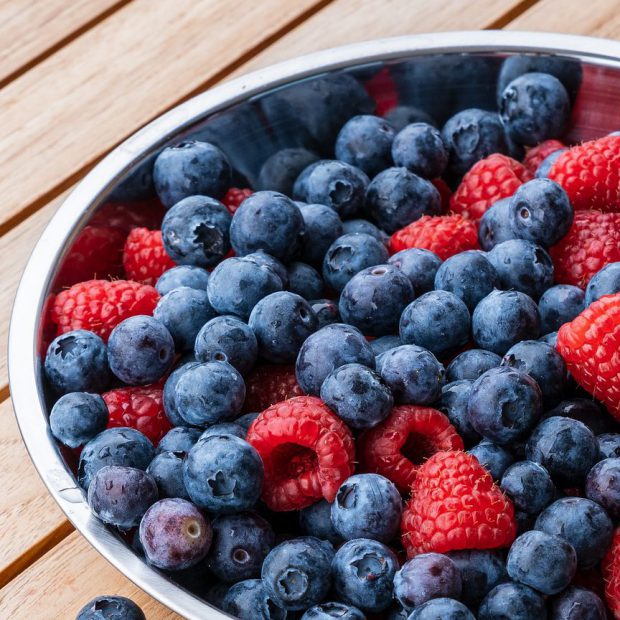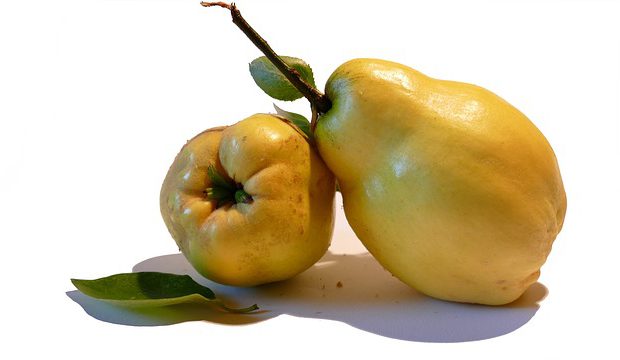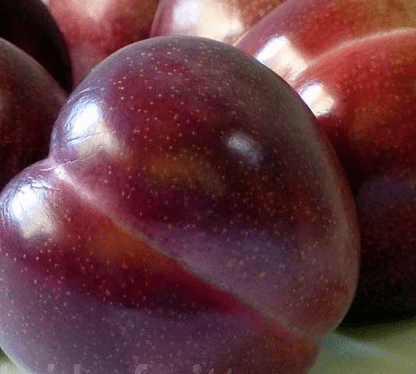Cherries
A cherry is the fruit of many plants of the genus Prunus, and is a fleshy drupe (stone fruit).
Commercial cherries are obtained from cultivars of several species, such as the sweet Prunus avium and the sour Prunus cerasus. The name ‘cherry’ also refers to the cherry tree and its wood, and is sometimes applied to almonds and visually similar flowering trees in the genus Prunus, as in “ornamental cherry” or “cherry blossom“. Wild cherry may refer to any of the cherry species growing outside cultivation, although Prunus avium is often referred to specifically by the name “wild cherry” in the British Isles.
The cultivated forms are of the species sweet cherry (P. avium) to which most cherry cultivars belong, and the sour cherry (P. cerasus), which is used mainly for cooking. Both species originate in Europe and western Asia; they usually do not cross-pollinate. Some other species, although having edible fruit, are not grown extensively for consumption, except in northern regions where the two main species will not grow. Irrigation, spraying, labor, and their propensity to damage from rain and hail make cherries relatively expensive. Nonetheless, demand is high for the fruit. In commercial production, sour cherries, as well as sweet cherries sometimes, are harvested by using a mechanized “shaker”. Hand picking is also widely used for sweet as well as sour cherries to harvest the fruit to avoid damage to both fruit and trees.
Common rootstocks include Mazzard, Mahaleb, Colt, and Gisela Series, a dwarfing rootstock that produces trees significantly smaller than others, only 8 to 10 feet (2.5 to 3 meters) tall. Sour cherries require no pollenizer, while few sweet varieties are self-fertile.
A cherry tree will take three to four years once it is planted in the orchard to produce its first crop of fruit, and seven years to attain full maturity.






